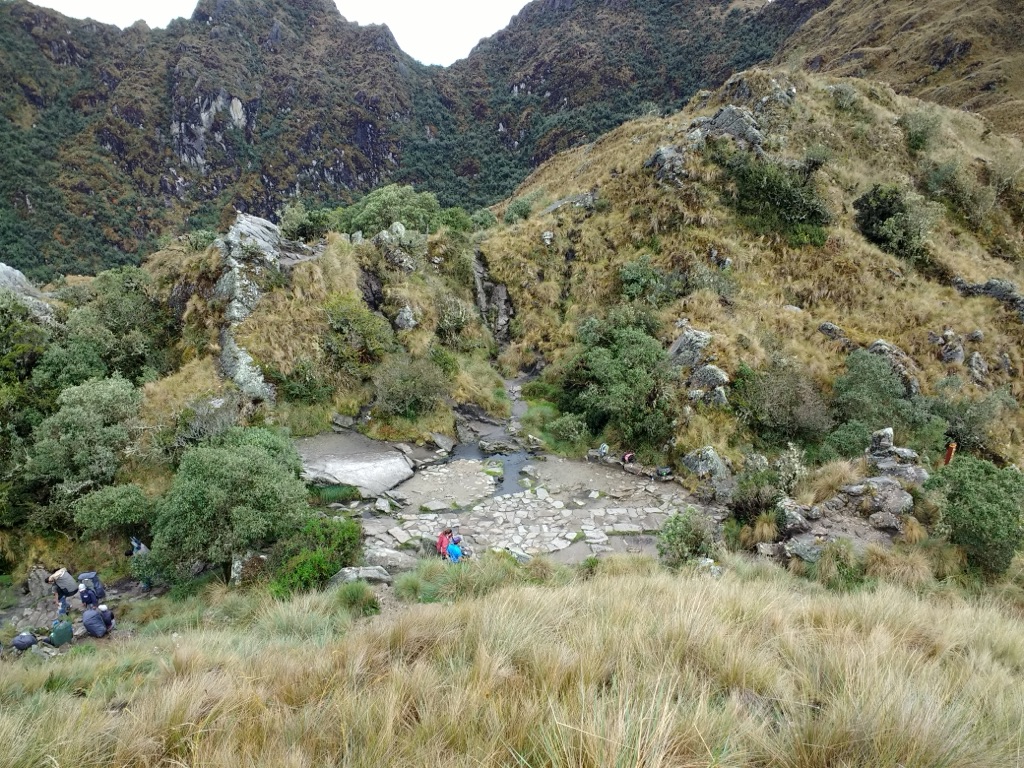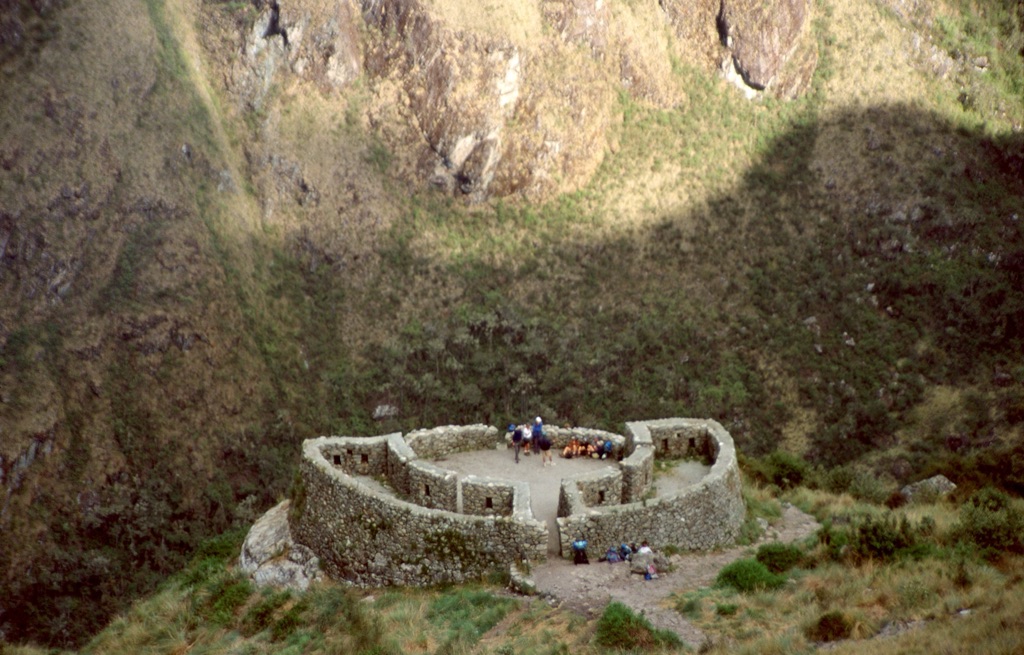Runkuraqay is an archaeological site located in Peru, along the Inca Trail leading to Machu Picchu. It is often referred to as the “Egg-shaped” structure due to its distinctive, rounded design. This site, nestled in the Andean mountains, is believed to have served as a “tambo,” or resting and lodging place, for Incan travelers. The exact purpose of Runkuraqay and the full extent of its historical significance remain topics of research and debate among historians and archaeologists.
Get your dose of History via Email
Historical Background of Runkuraqay
The Inca Empire, which built Runkuraqay, was the largest empire in pre-Columbian America. The Incas were master builders, creating an extensive network of roads and structures. Runkuraqay is one such structure, located on the Inca Trail, which was a royal road that led to the sacred city of Machu Picchu. The site’s discovery by the modern world is attributed to explorer Hiram Bingham, who also rediscovered Machu Picchu in 1911. However, it is likely that local populations knew of its existence long before Bingham’s expedition.
Runkuraqay’s construction dates back to the 15th century, during the reign of the Inca Empire. The Incas built it using their traditional dry-stone construction technique, without the use of mortar. This method has allowed many Incan structures to withstand the test of time and remain standing today. The builders of Runkuraqay were skilled craftsmen who were part of a highly organized labor system known as “mit’a.”
While primarily serving as a tambo, Runkuraqay may have had other functions. It could have been a checkpoint for those traveling to Machu Picchu or a storage site for supplies. Over time, the Inca Empire fell to Spanish conquest, and many of its structures, including Runkuraqay, were abandoned. The site’s remote location helped preserve it, as it saw little disturbance until modern archaeological interest arose.
There is no record of Runkuraqay being the scene of any historically significant events. However, its position along the Inca Trail suggests it was an integral part of the Incan transportation network. The site would have been a welcome sight for weary travelers making the arduous journey through the mountains.
After the fall of the Inca Empire, Runkuraqay fell into disuse and was eventually reclaimed by the surrounding forest. It was not until the 20th century that the site gained attention as part of the cultural heritage of Peru. Today, Runkuraqay is a point of interest for hikers on the Inca Trail and is protected as part of the Machu Picchu Historical Sanctuary.
About Runkuraqay
Runkuraqay’s unique egg-like shape sets it apart from other Incan structures. The site consists of two main parts: an outer circular structure and an inner complex. The outer walls are built in a typical Incan style, with precisely cut stones fitting tightly together without mortar. The inner complex includes various rooms and an open courtyard, which may have served as living quarters and storage areas.
The construction of Runkuraqay showcases the Incas’ advanced masonry skills. The stones used in the building were likely sourced from nearby quarries and shaped using stone tools. The Incas’ knowledge of geometry and engineering is evident in the site’s design, which has withstood centuries of seismic activity in the region.
Architectural highlights of Runkuraqay include trapezoidal doorways and niches, characteristic of Incan design. These features not only provided structural stability but also had aesthetic and cultural significance. The strategic placement of the site offers panoramic views of the surrounding landscape, which may have had ceremonial importance.
The building materials used at Runkuraqay were primarily local stone, and the construction methods reflect the Incas’ adaptation to their environment. The Incas were known for their ability to build in harmony with nature, and Runkuraqay is no exception. The site blends seamlessly with the mountainous terrain, minimizing environmental impact.
Despite its exposure to the elements, Runkuraqay has remained relatively intact. Preservation efforts by the Peruvian government and international organizations have contributed to its current state. The site continues to be a testament to the durability and sophistication of Incan architecture.
Theories and Interpretations
While it is widely accepted that Runkuraqay served as a tambo, there are various theories about its specific use. Some historians suggest it was a checkpoint for messengers, known as “chasquis,” who relayed information throughout the Inca Empire. Others believe it may have been a lookout point, given its strategic location.
The mysteries surrounding Runkuraqay include the exact purpose of its inner rooms. Some rooms may have been used for ceremonial purposes, while others could have stored food and supplies. The presence of a water source nearby supports the idea that Runkuraqay was a rest stop for travelers.
Interpretations of Runkuraqay have to be matched to historical records from the Inca period. However, the Spanish conquest resulted in the loss of many Incan documents, making it challenging to confirm these theories. Archaeologists rely on a combination of oral histories, archaeological evidence, and Spanish colonial records to piece together the site’s history.

Dating of Runkuraqay has been carried out using relative dating methods. These methods place the site within the timeframe of the Inca Empire’s expansion. The lack of organic material at the site makes radiocarbon dating difficult, but the style of construction and artifacts found at the site provide clues to its age.
The interpretations of Runkuraqay continue to evolve as new discoveries are made. Ongoing archaeological research contributes to a deeper understanding of the site’s role within the Inca Empire. Each theory adds to the rich tapestry of Incan history and the significance of Runkuraqay within it.
At a glance
- Country: Peru
- Civilization: Inca Empire
- Age: 15th century AD
Conclusion and Sources
- Wikipedia – Runkuraqay: https://en.wikipedia.org/wiki/Runkuraqay
- Britannica – Inca Empire: https://www.britannica.com/topic/Inca
- World History Encyclopedia – Inca Civilization: https://www.worldhistory.org/inca_civilization/

